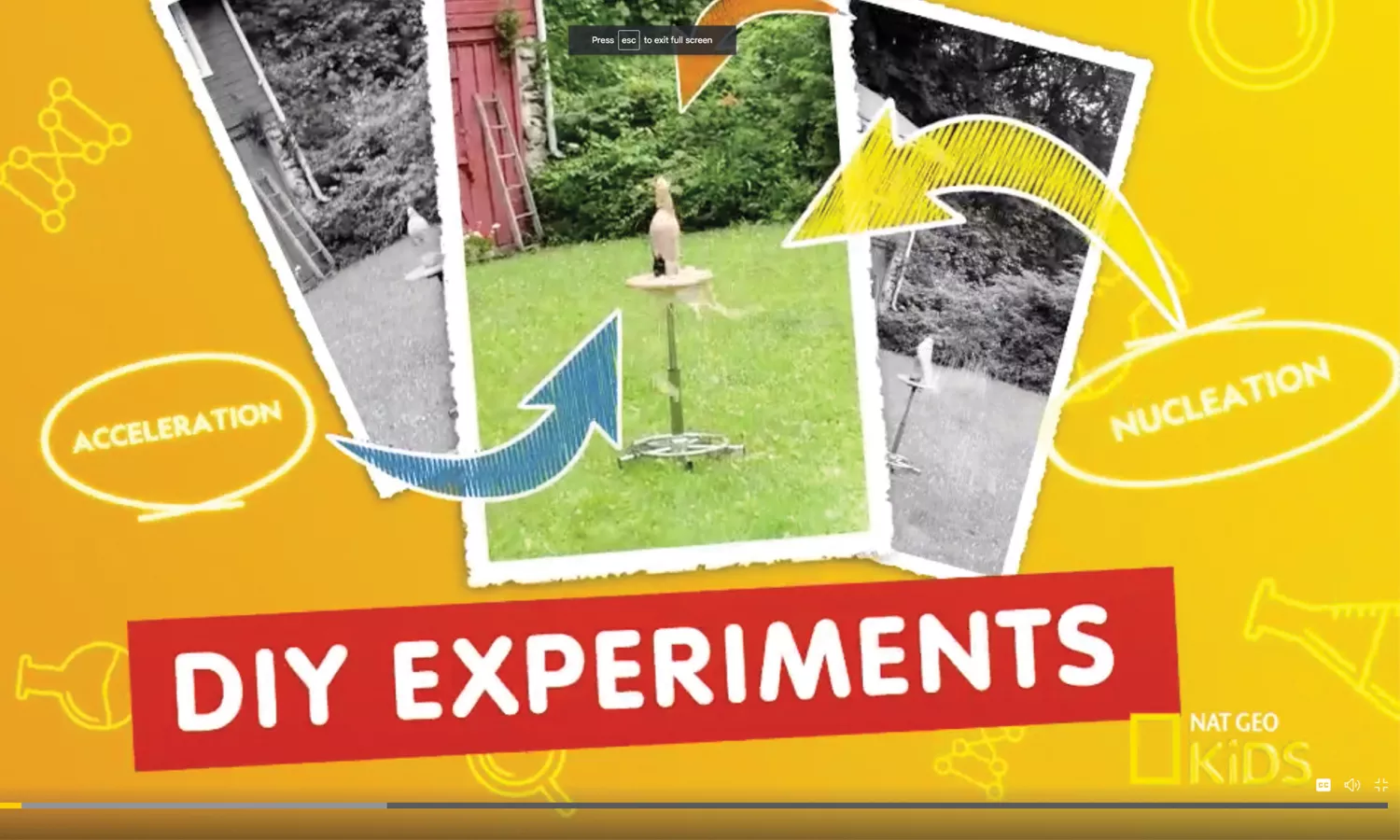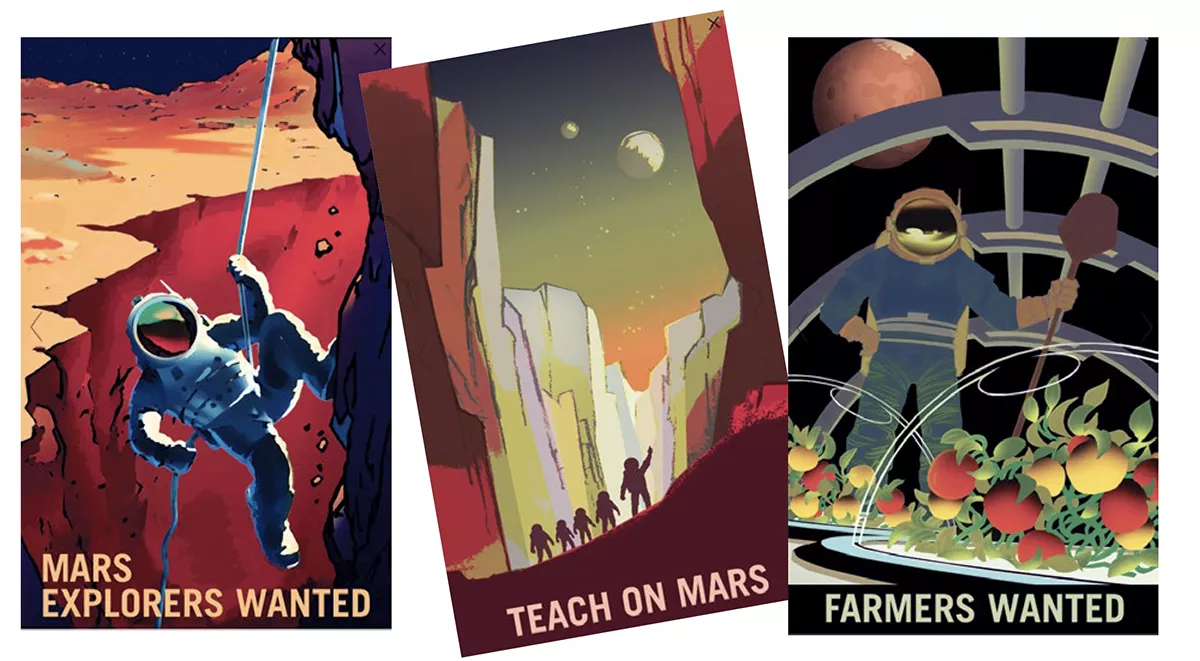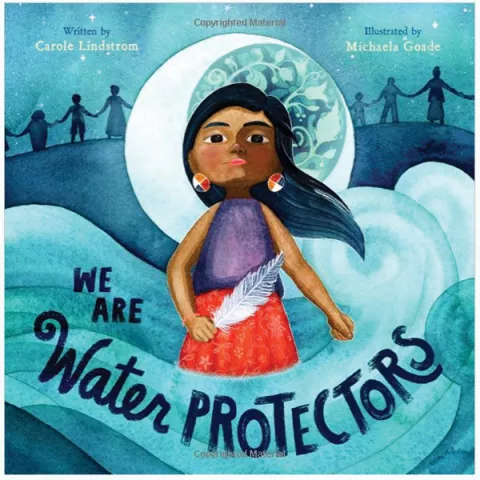Research consistently shows that interactive, hands-on learning experiences are the most effective for boosting student engagement and understanding of abstract scientific concepts. After COVID-19 shut down school science labs, educators had to get extra creative to come up with these interactive experiences. But where there’s a will, there’s a way.
Fellow educators offer these strategies for getting kids to roll up their sleeves and get their hands dirty at home or in the science lab:
Keep it simple
When there are too many steps or supplies or opportunities for error, students can get lost in the details and miss out on the wonder of seeing the experiment unfold.
Be a model
Try the experiment yourself, make a video, and then have the students watch it before they get started.
Encourage collaboration
Once students complete the experiment, have them work in small groups (in class or online) to share ideas before presenting their findings to the class.
Embrace engineering
The engineering design process (EDP) is a series of steps that engineers follow to come up with a solution to a problem or to achieve a goal. The steps include: Asking questions; imagining solutions; planning a process with a sketch, blueprint, or written instructions; creating the final project; and then working on improving the experiment.
Put it in writing
Ask students to use a notebook or journal to record their thoughts, hypotheses, analyses, and reflections. Whether on paper or online, writing about their work allows students to connect their thoughts to language and make what they learn more meaningful.
Where to find creative science experiments
Science centers
Most cities have a science center or museum that inspires curiosity and connects the community to the wonder of science. Many also have robust websites with experiments students and families can do on their own.
To find science centers near you and across the country, visit the website of the Association of Science and Technology Centers.
National Geographic Kids
• Help students create homemade water filters.
• Ask students to collect rocks outside their homes or in a park. Then show them how the composition of different rocks varies.
• Or teach your class how to use marshmallows and a plastic syringe (no needle!) to create the same effect as deep-sea pressure.

NASA’s Jet Propulsion Laboratory
Build a rocket or a robot inspired by the work of NASA scientists, engineers, and astronauts, and make use of actual NASA satellite data.

NEA’s Read Across America Books Inspire Kids to Care About the Planet
In honor of Earth Day, which takes place each year on April 22, the Read Across America book of the month is We Are Water Protectors, by Carole Lindstrom. In a tribute to Native resilience and environmental

justice, the story features a young girl who learns from her Nokomis (grandmother) about protecting our shared planet and invites all to become stewards of planet Earth.
Take your students outside (virtually or in person) with this book and other Read Across America planet-friendly titles. Then start a conversation about ways kids can care for the Earth.
Start by giving students time to observe the environment around them. What do they notice about the natural world? Talk about how they can take action—for instance, by picking up trash in your schoolyard.
Ask them to keep a journal of what they notice—the growth of plants or budding trees, the antics of a squirrel, the sounds of a stream—and how those observations connect. As the students’ awareness of nature builds, encourage them to share their observations. Then open up a discussion about the environmental needs of your community and ask students which issues they are most passionate about.
Try these “green” reads in your class:
- Nibi Emosaawdang/The Water Walker by Joanne Robertson
- A Cool Drink of Water by Barbara Kerley
- I Know the River Loves Me/Yo sé que el río me ama by Maya Christina Gonzalez
- Rivers of Sunlight: How the Sun Moves Water Around the Earth by Molly Bang

